Located on Saadiyat Island, the Louvre Abu Dhabi represents the UAE’s vision of global cultural exchange, showcasing works spanning prehistoric artifacts to modern masterpieces. The museum spans 55 white cubic structures inspired by traditional medinas, creating an inviting, labyrinthine space for its collection of art and artifacts from different civilizations.
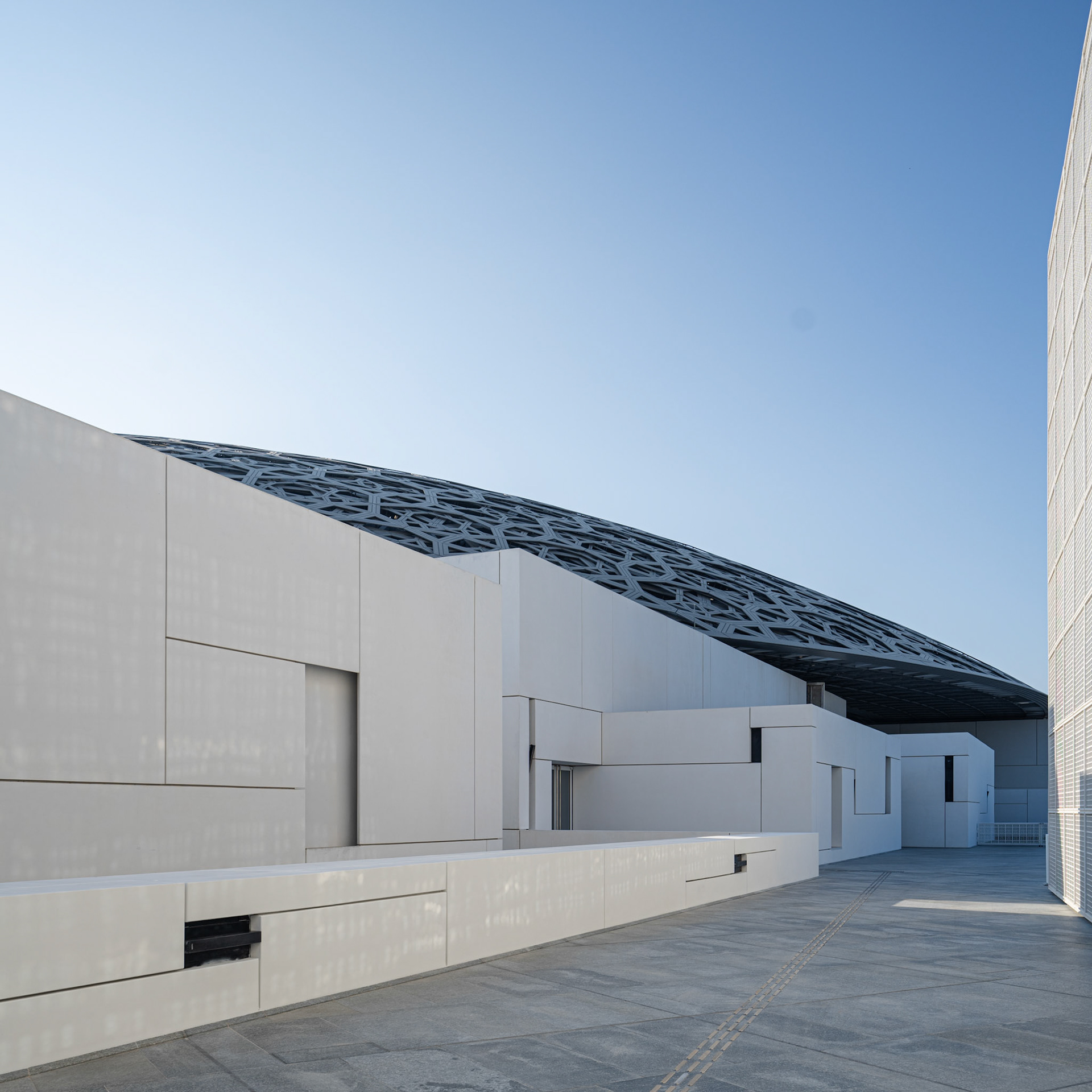
Louvre Abu Dhabi
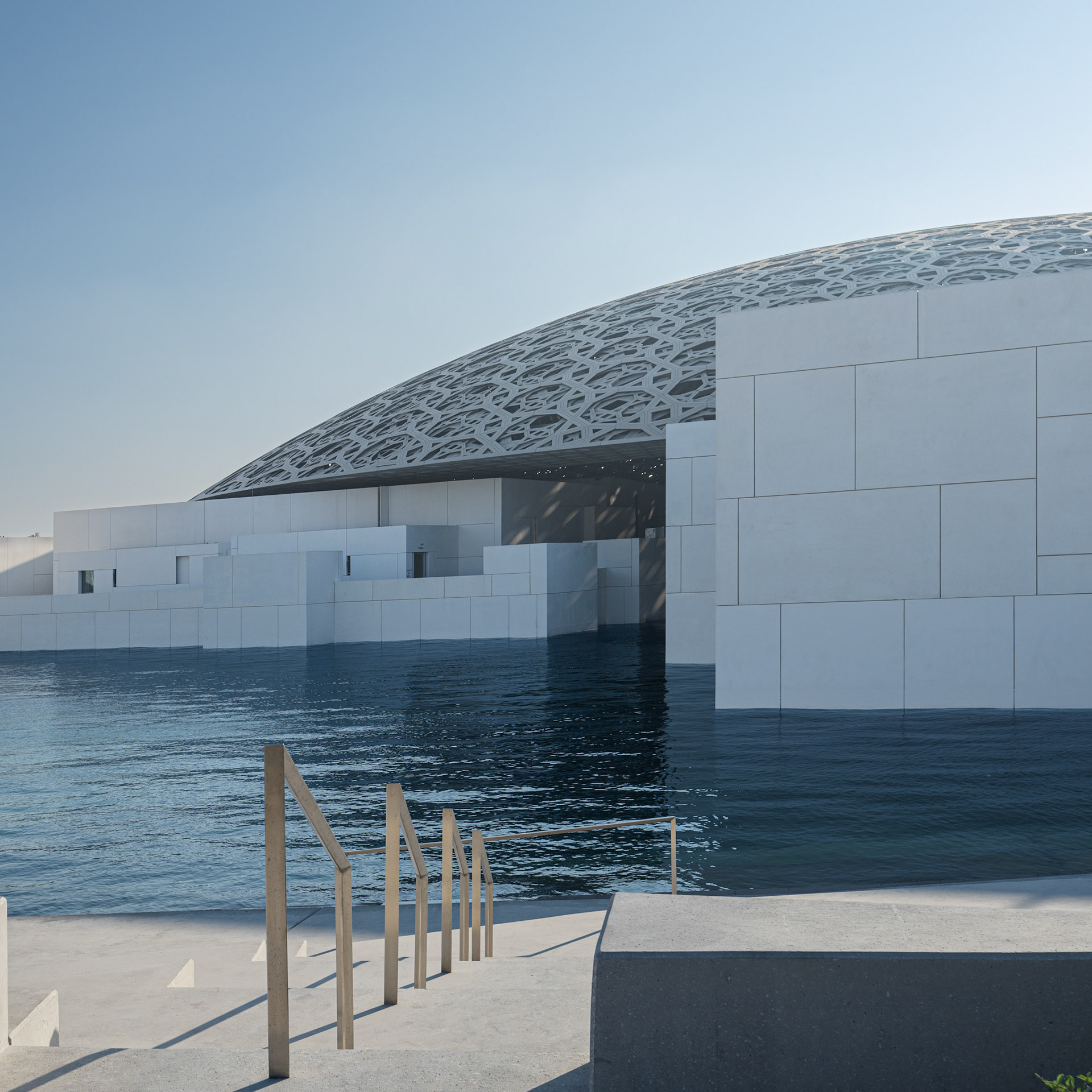
Louvre Abu Dhabi
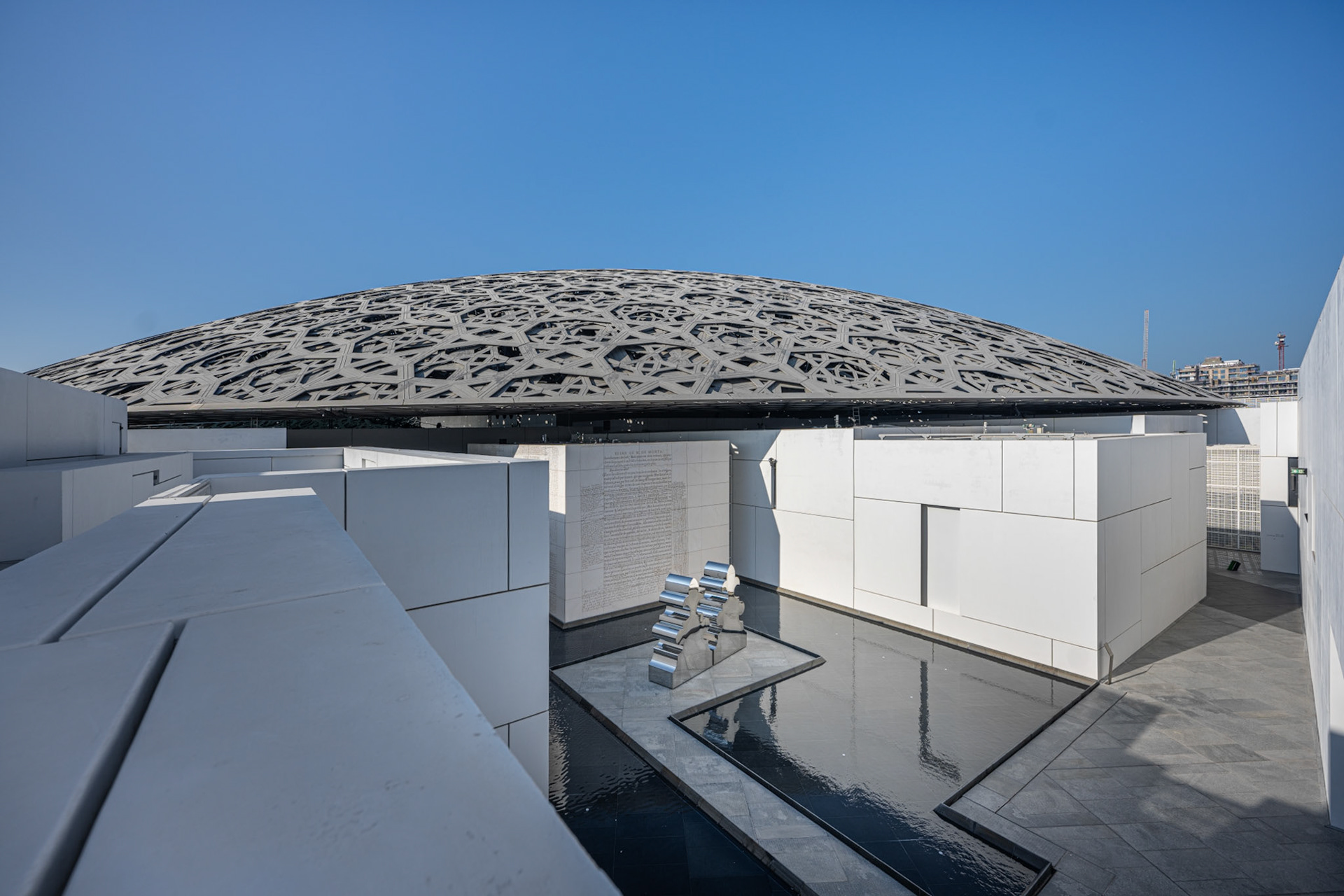
Louvre Abu Dhabi - roof
Designed by architect Jean Nouvel, and inaugurated in 2017, the museum’s defining feature is its vast 8,000-ton dome, which creates a “rain of light” effect through intricate star-shaped patterns, a nod to interwoven palm leaves traditionally used in Emirati roofing. This complex structural system is characteristic of structural expressionism, where the structure is an integral and visible part of the design aesthetic.
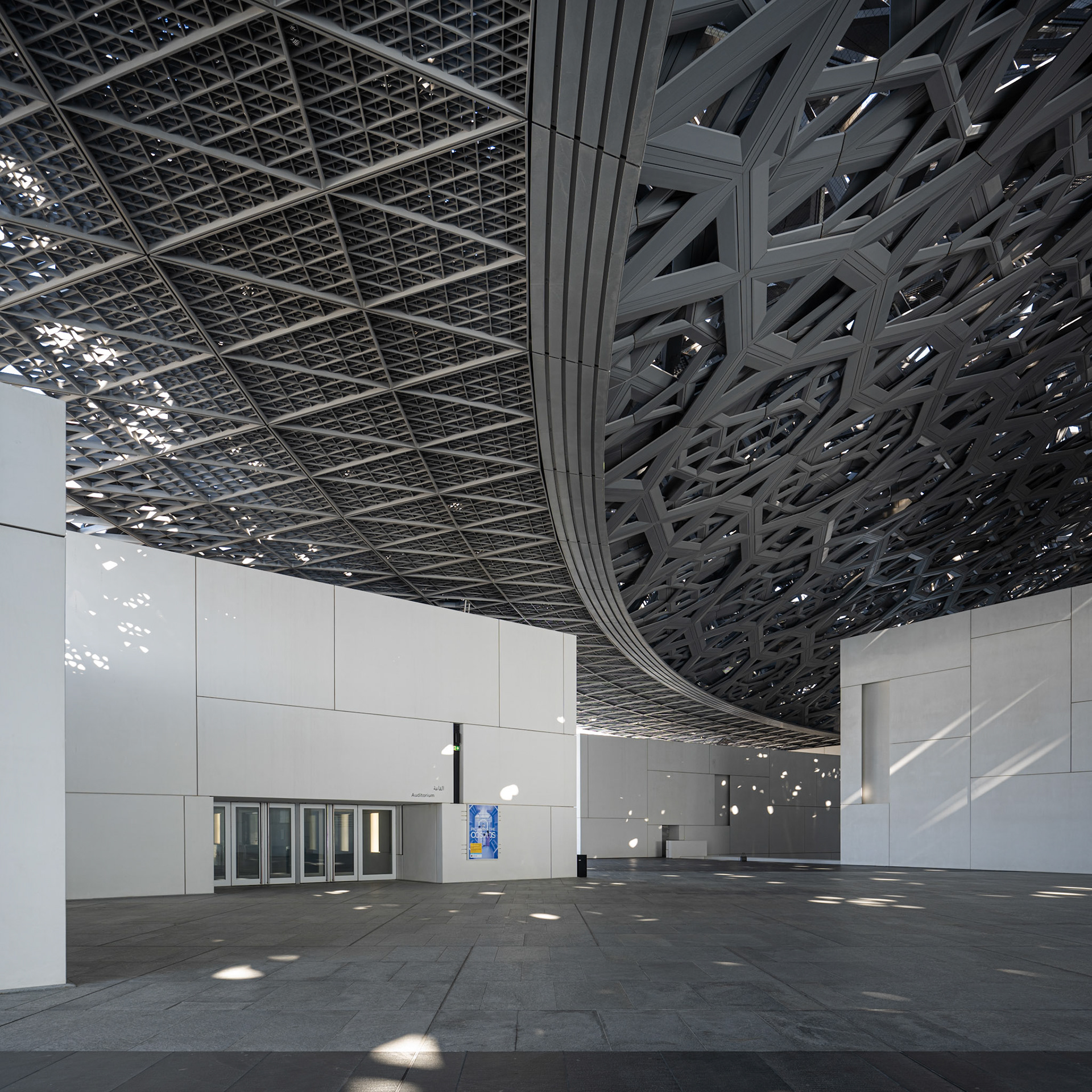
Louvre Abu Dhabi
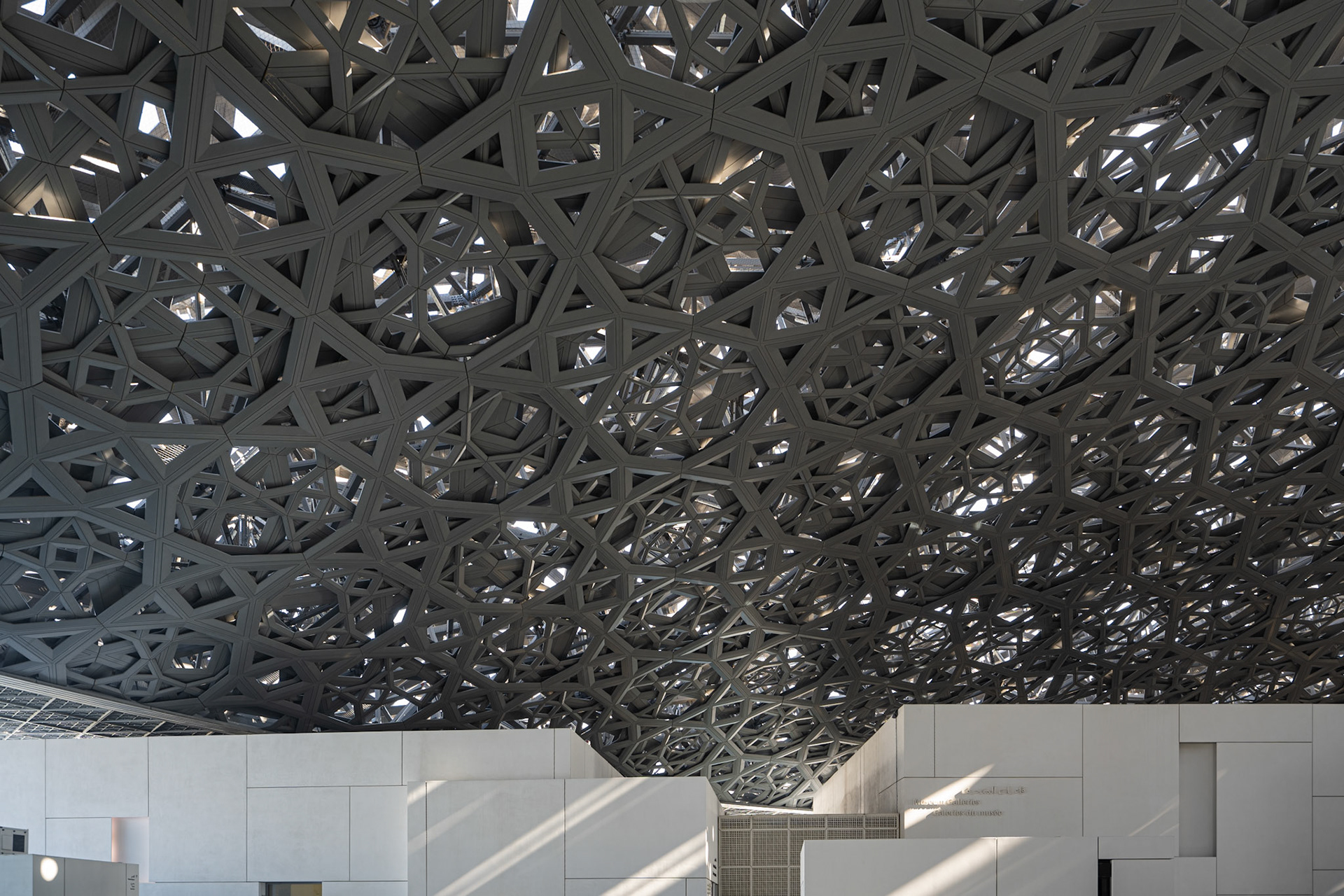
Louvre Abu Dhabi
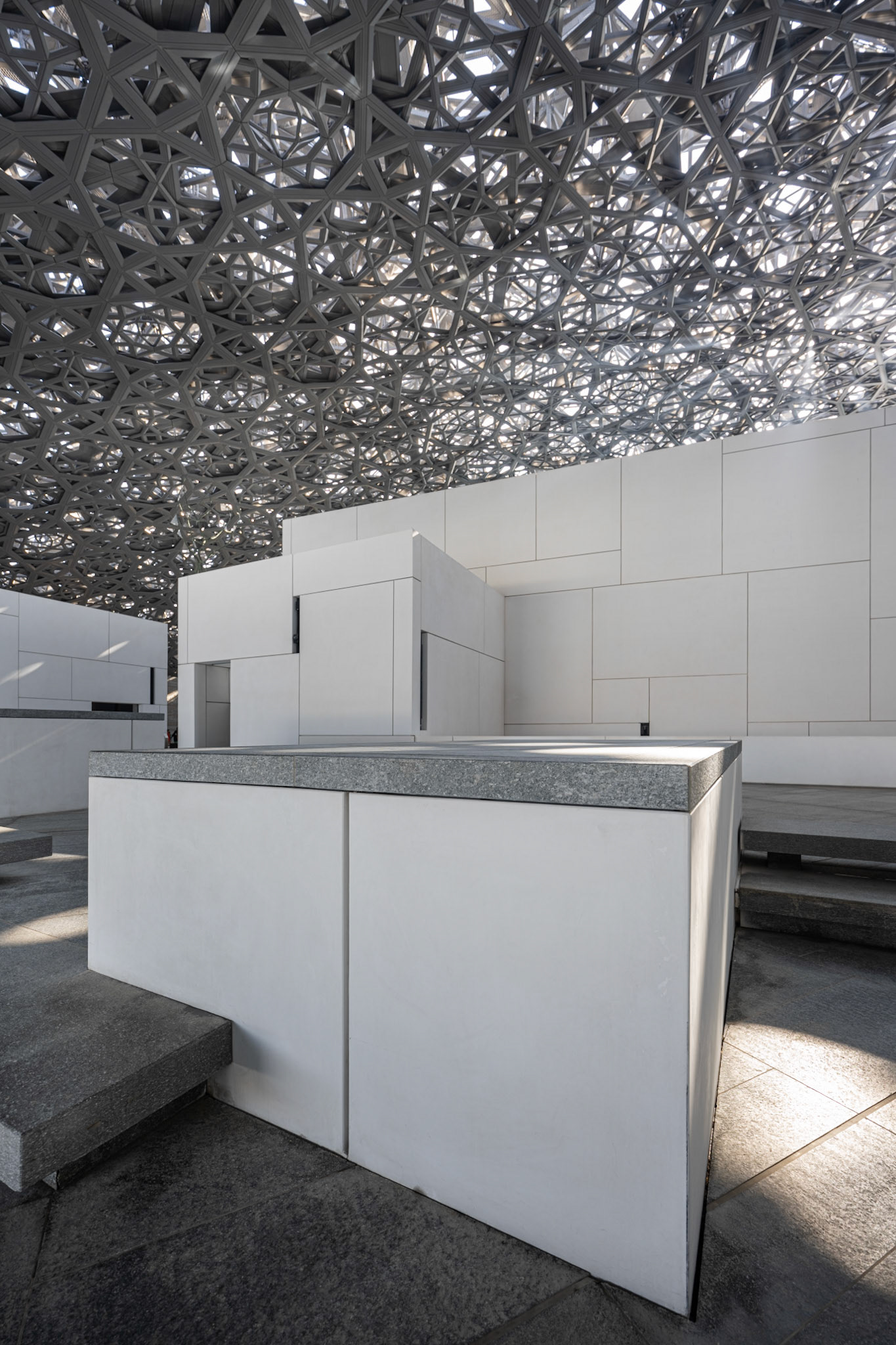
Louvre Abu Dhabi
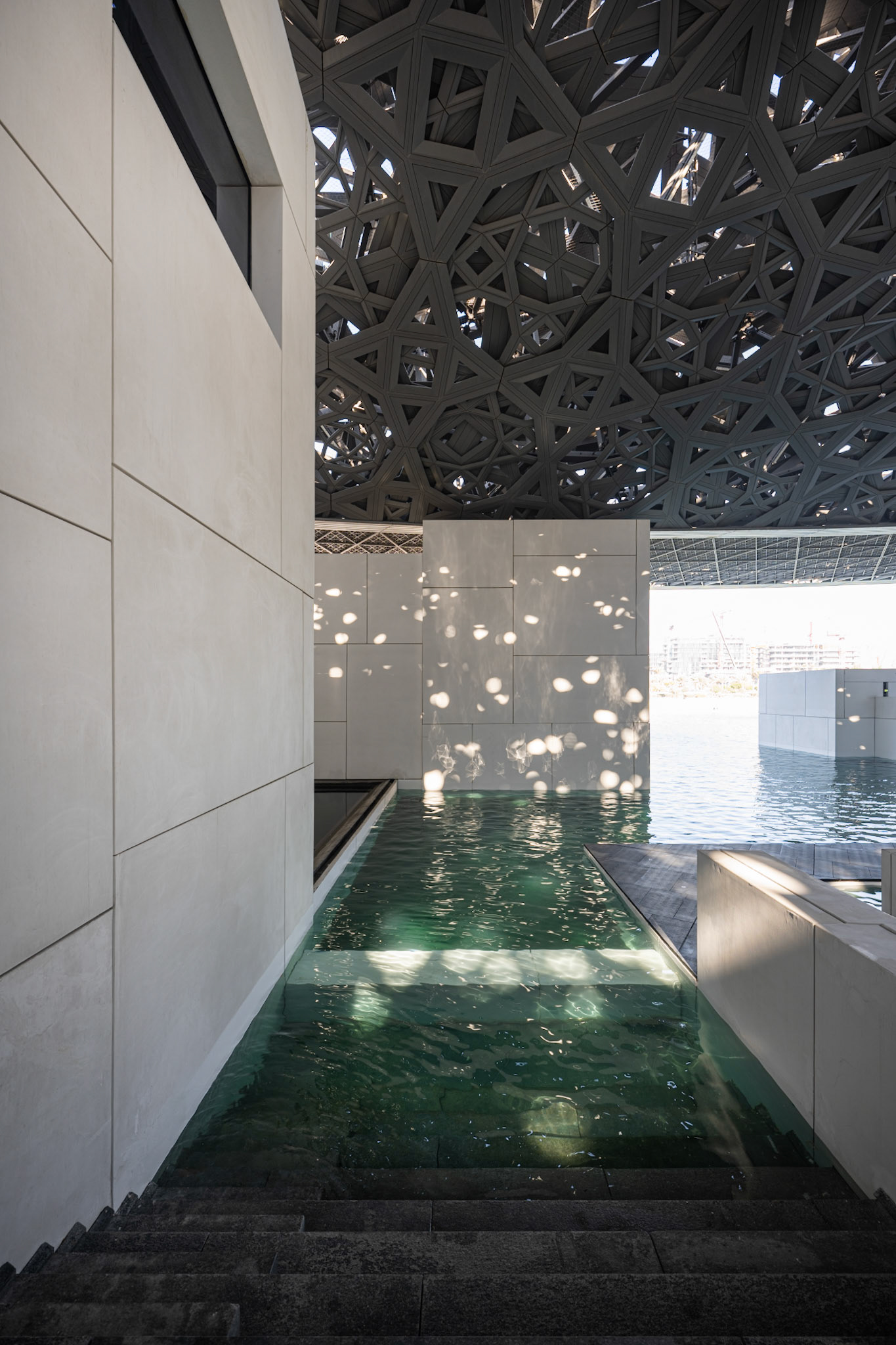
Louvre Abu Dhabi
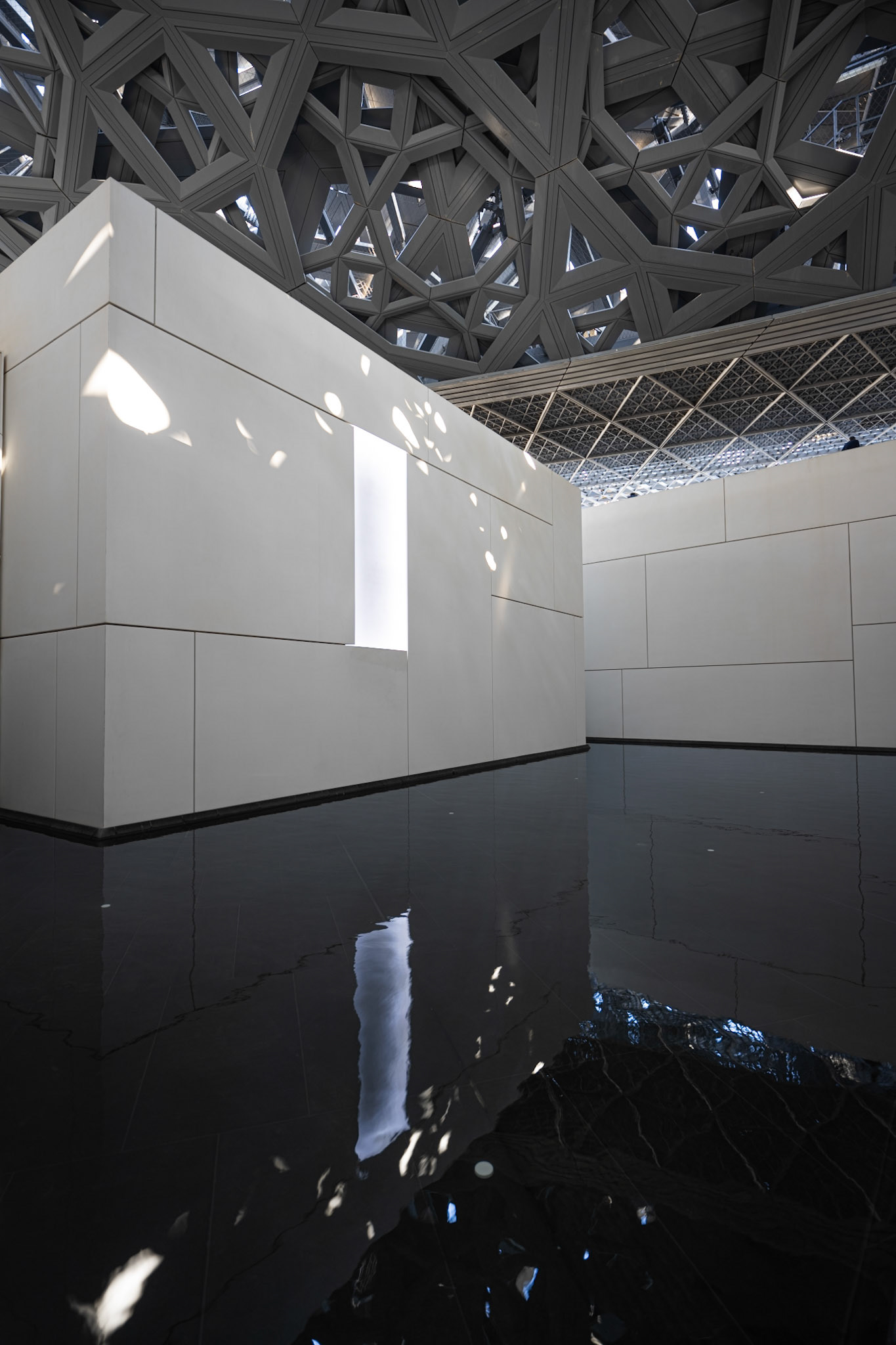
Louvre Abu Dhabi
The Louvre Abu Dhabi’s permanent collection offers a thoughtfully curated journey through the world’s artistic heritage, with masterpieces spanning centuries, regions, and cultures. Unlike some vast museum collections, the Louvre Abu Dhabi presents this global perspective in a beautifully manageable size, making it accessible and enjoyable without overwhelming the visitor. This approach allows each piece to shine in a spacious and light-filled environment.
Dating from the early 1480s, Giovanni Bellini's Virgin and Child is a masterpiece of the early Venetian Renaissance. It stands out from several other "Virgin and Child" paintings by Bellini through the strength of its colours, further accentuated by the black background. Leonardo da Vinci’s Saint John the Baptist - with its mysterious smile reminiscent of the Mona Lisa - is an extraordinary loan from the Louvre in Paris to mark the fifth anniversary of the Louvre Abu Dhabi. Believed to be one of Leonardo’s final works, this painting was meticulously restored in 2016, allowing its intricate details to be seen with new clarity. Rembrandt’s Philosopher in Contemplation, now believed to depict Tobit and Anna Waiting for Their Son Tobias, is equally compelling. This poignant scene, painted in Rembrandt’s signature chiaroscuro, has fascinated many literary giants across generations, including George Sand, Marcel Proust, Paul Claudel, and Aldous Huxley.
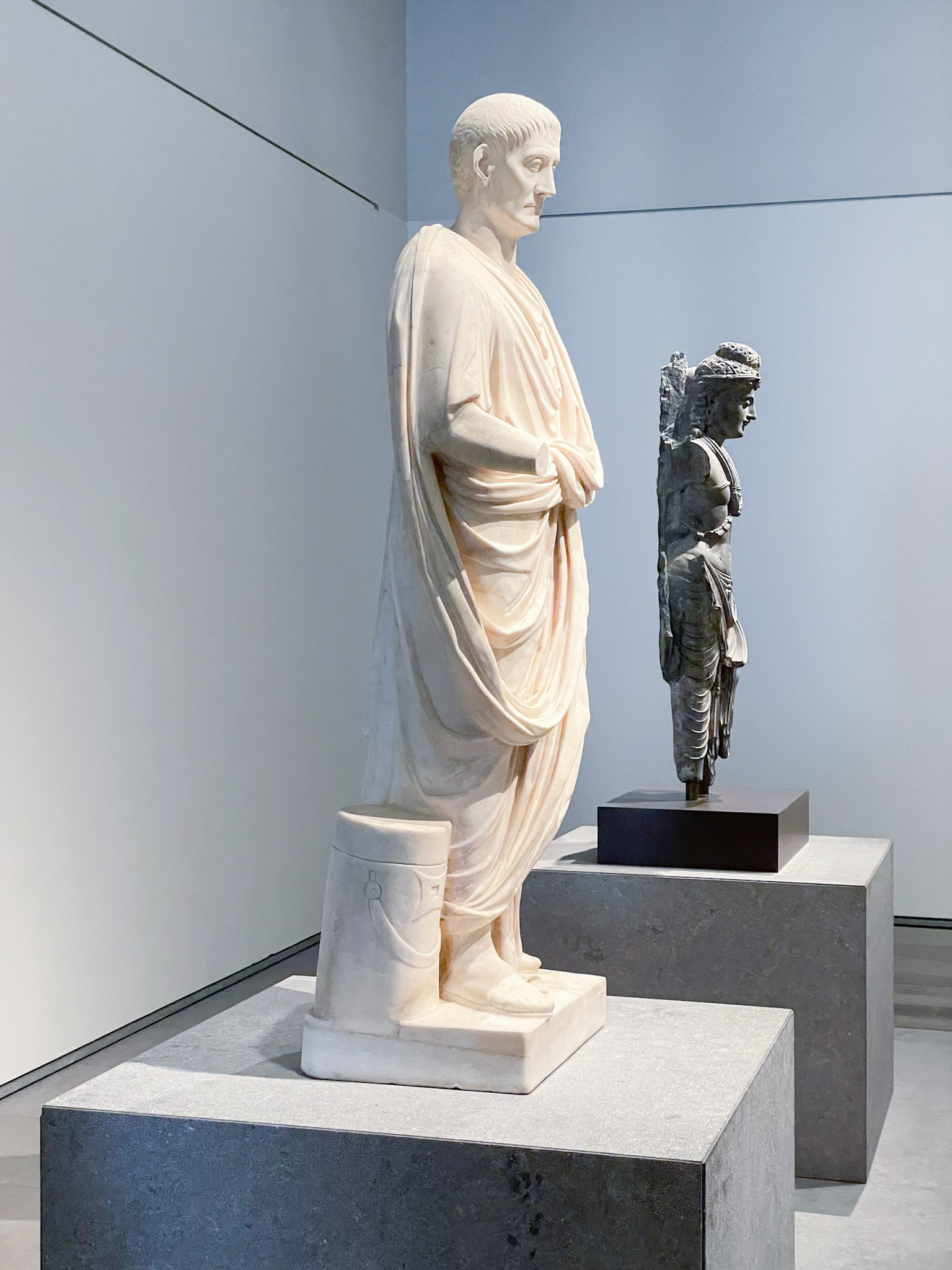
orator, Rome and bodhisattva, Gandhara (both 1st century CE)
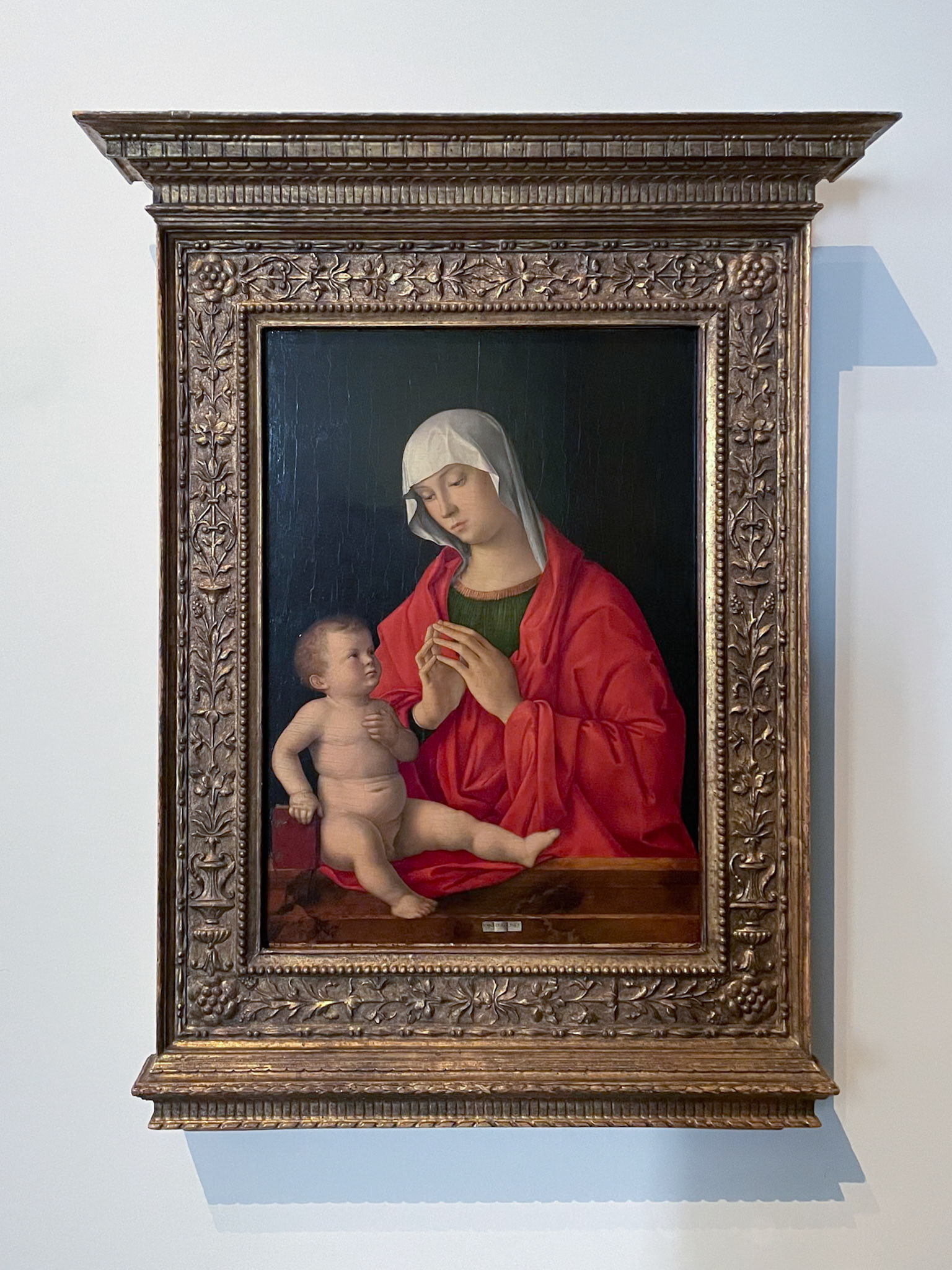
Virgin and Child, Giovanni Bellini (1480 - 1485)
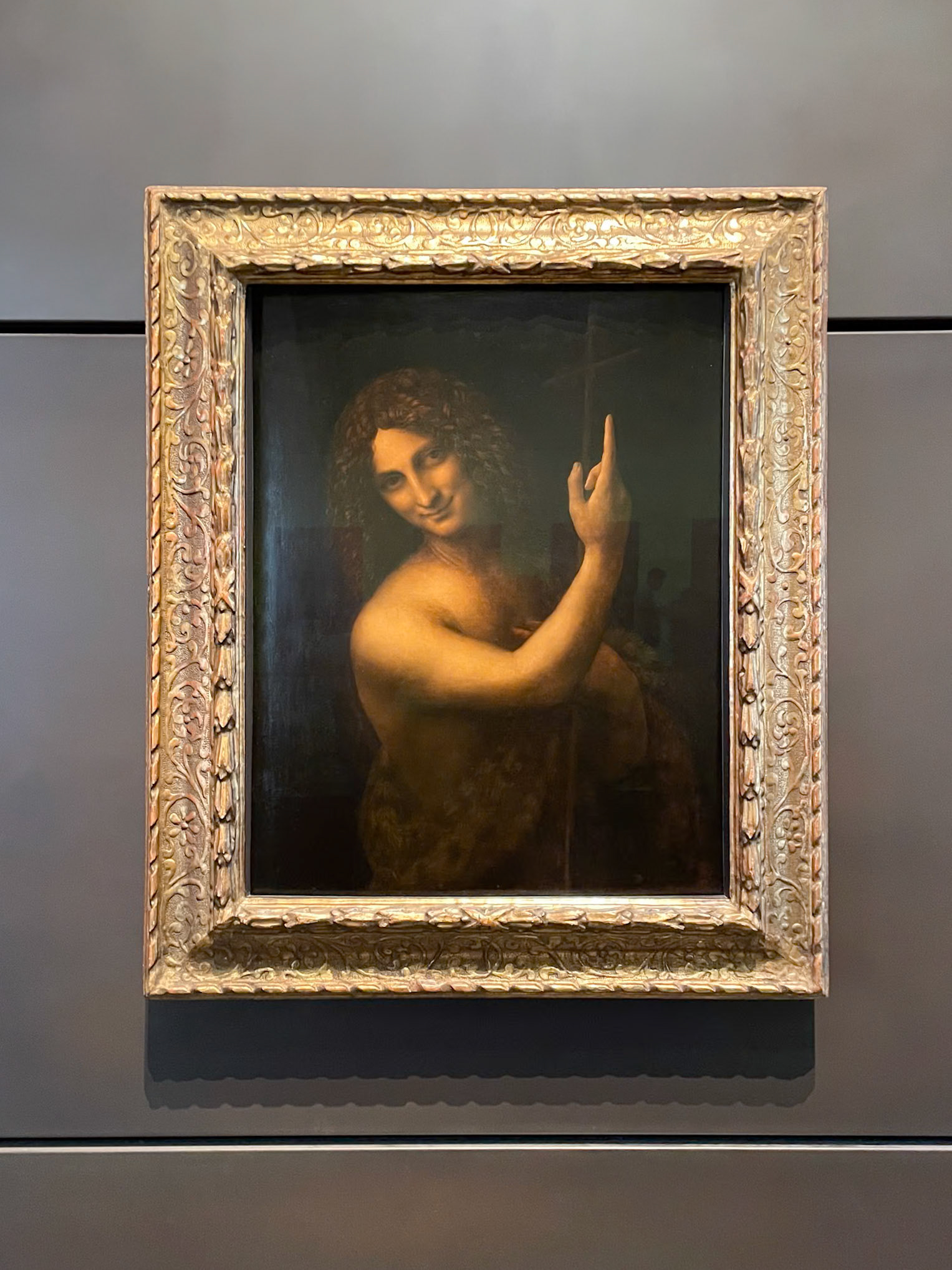
Saint John the Baptist, Leonardo da Vinci (1508-1519)
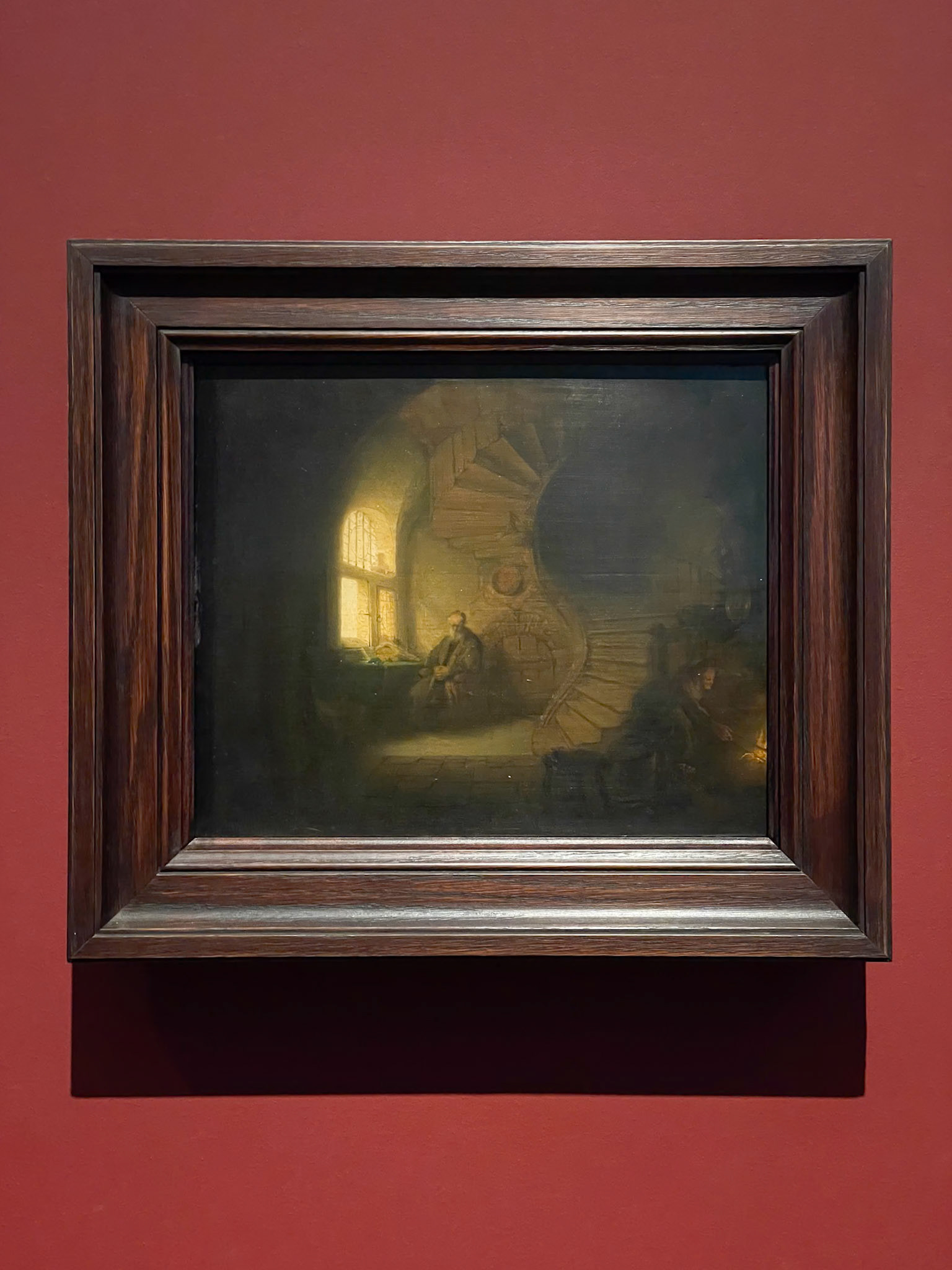
Philosopher in Contemplation, Rembrandt (1632)
Japanese ukiyo-e master Hiroshige is also represented, offering a glimpse into the refinement and beauty of Edo-period Japan.

view outside
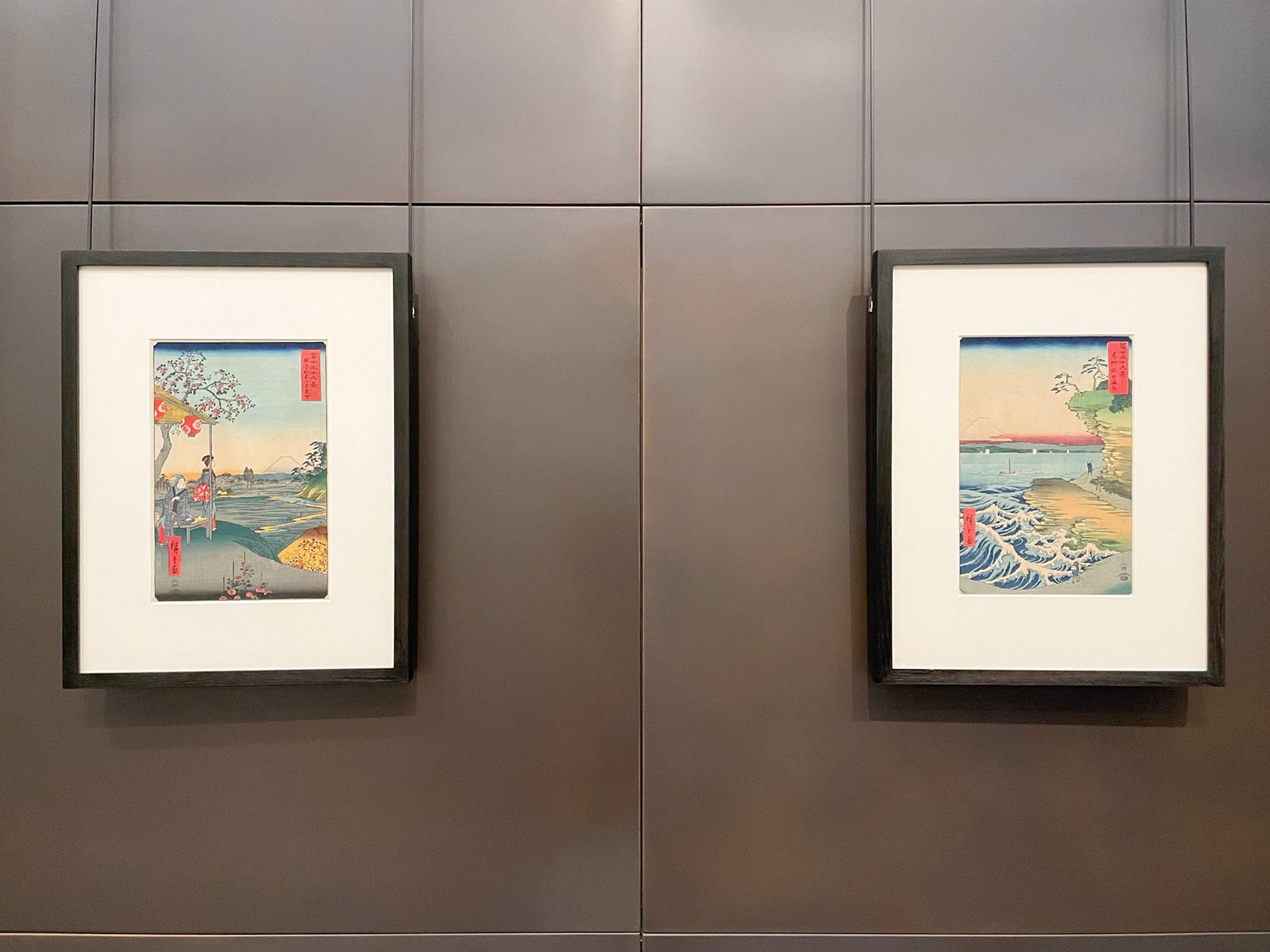
Fujimi Teahouse at Zoshigaya and The Seashore at Hoda in Awe by Hiroshige (1858)
Wind Effect and Charing Cross Bridge by Claude Monet share a fascination with capturing transient atmospheric conditions through color, light, and form. Both paintings are part of larger series showing the same subject in different light and weather. Between Darkness and Night by Marc Chagall was acquired by the Louvre Abu Dhabi in 2021.
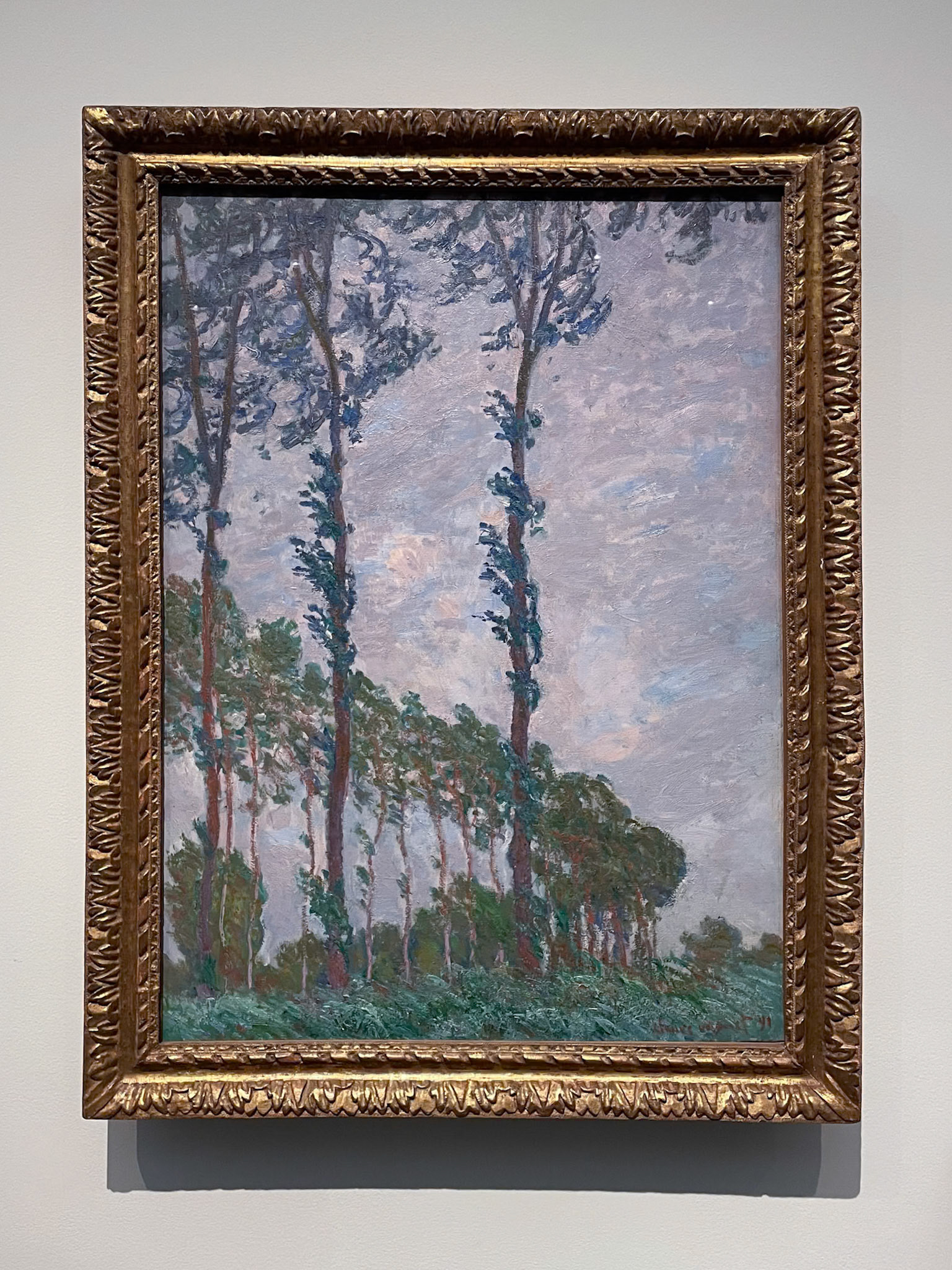
Wind Effect, Claude Monet (1891)
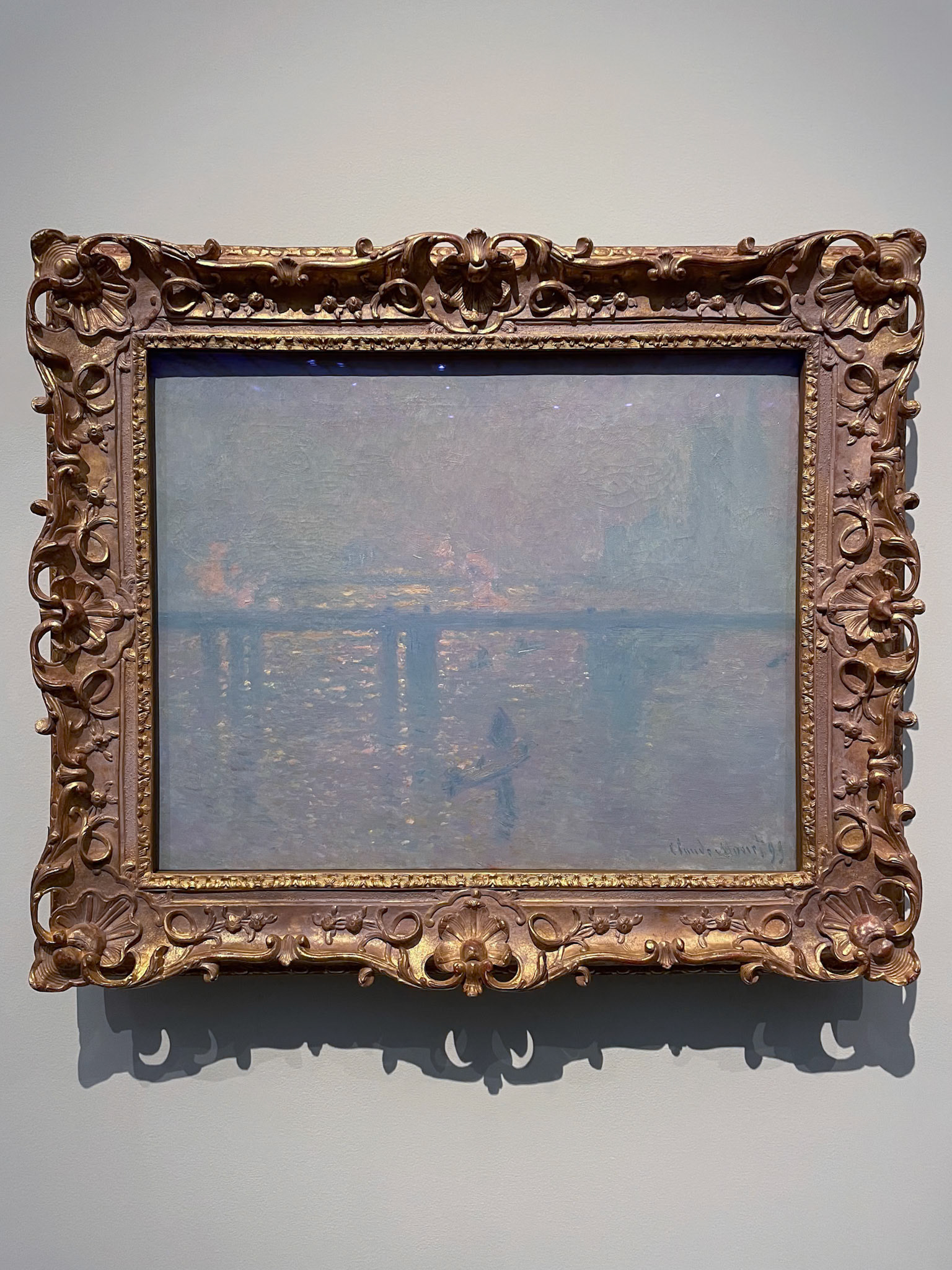
Charing Cross Bridge, Claude Monet (1899)
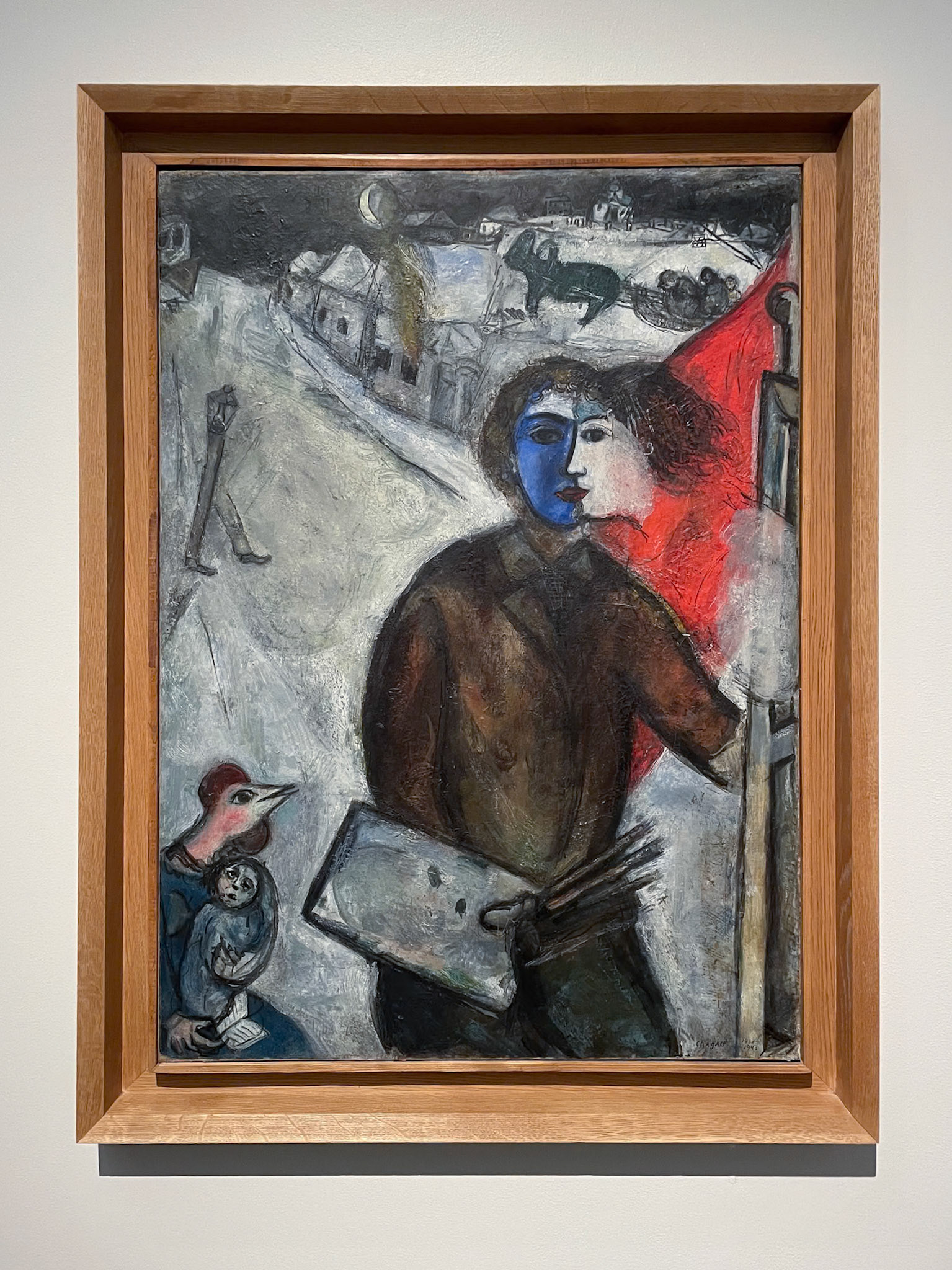
Between Darkness and Light, Marc Chagall (1938 - 1943)
With works by Ferdinand Hodler, Paul Klee and Jean Tinguely, the museum also holds an impressive representation of Swiss artists.
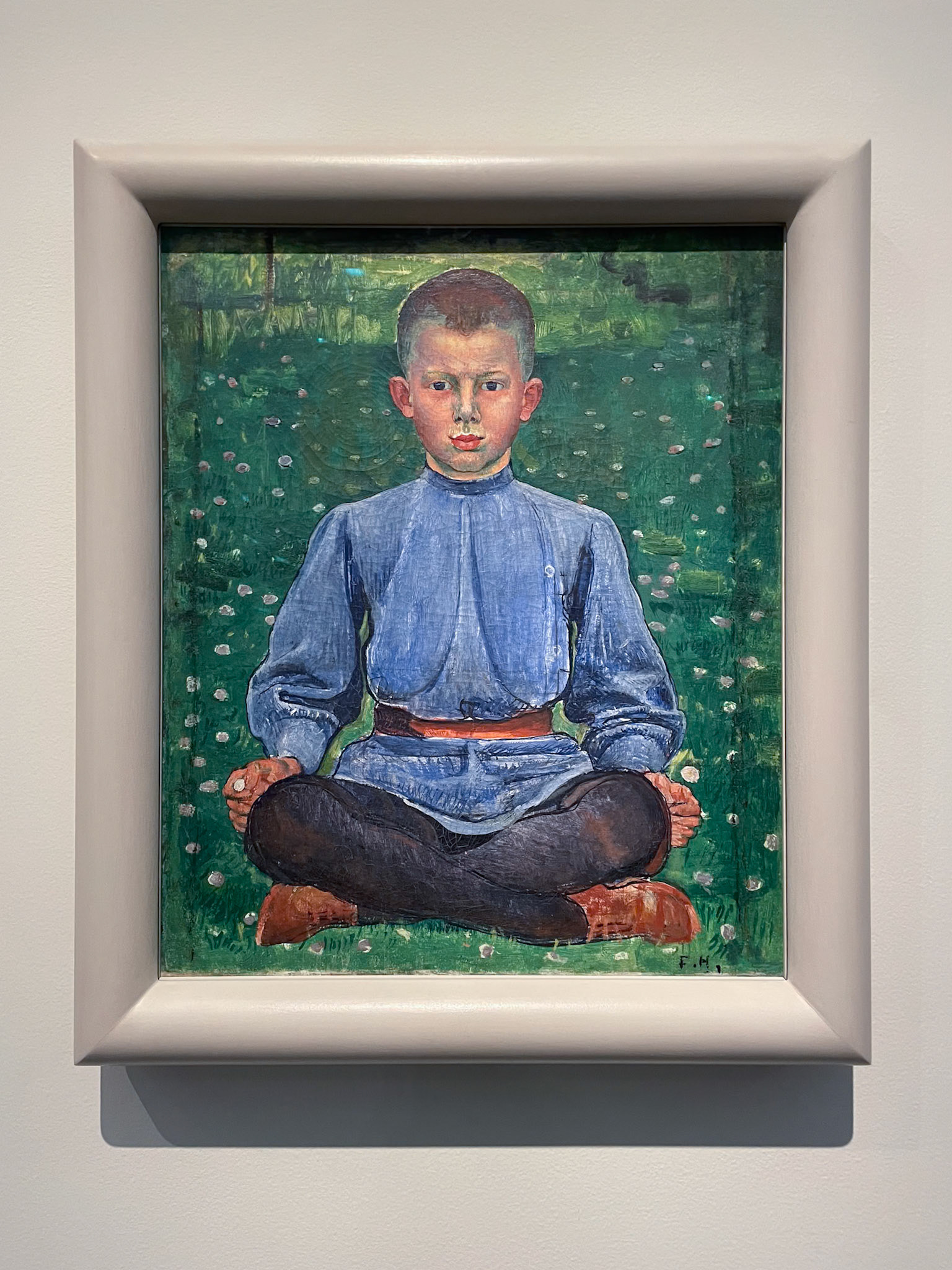
Portrait of Werner Miller, Ferdinand Hodler (1899)
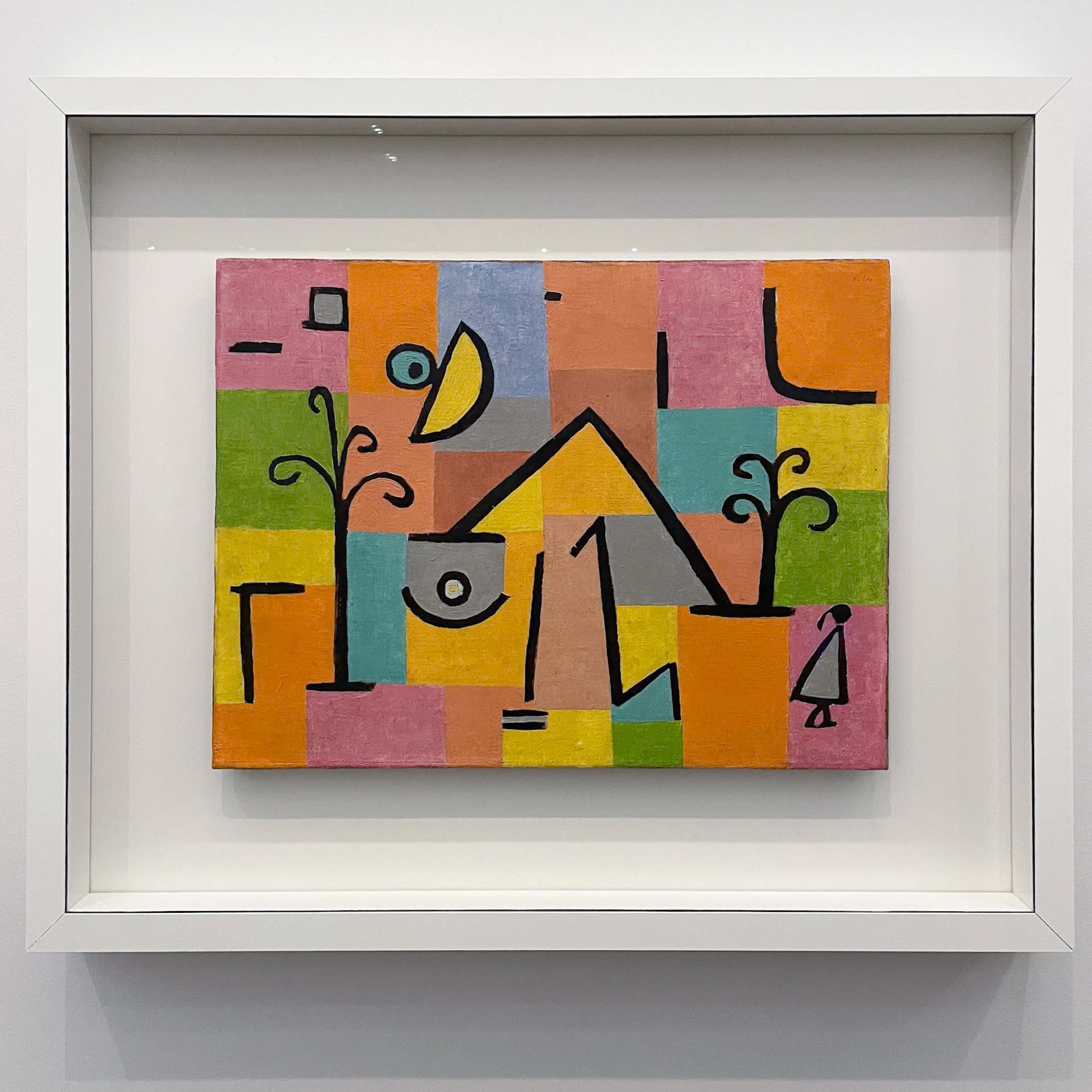
Oriental Bliss, Paul Klee (1938)

Orange press "a+b", Jean Tinguely (1960)
You may also like